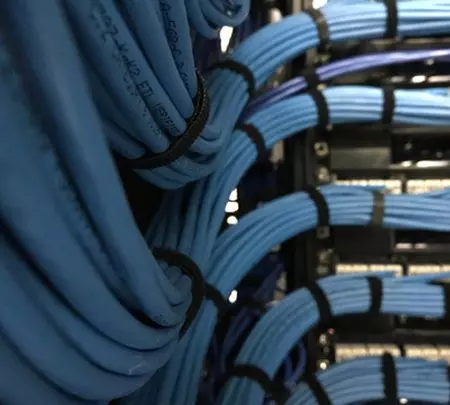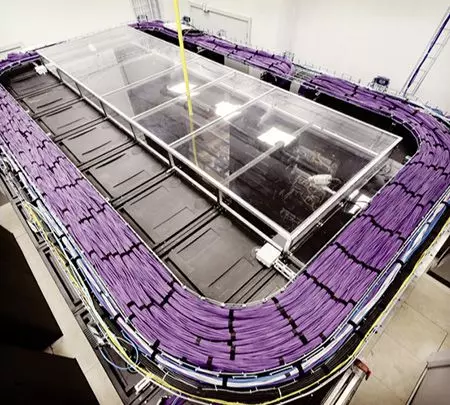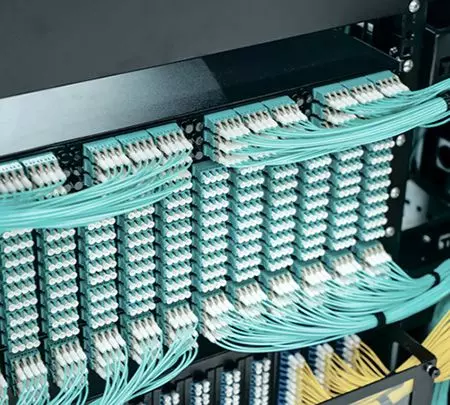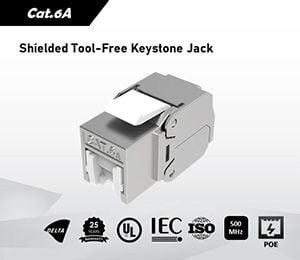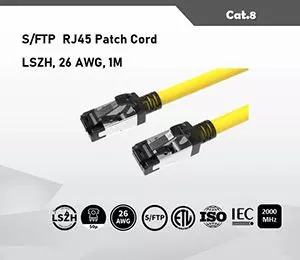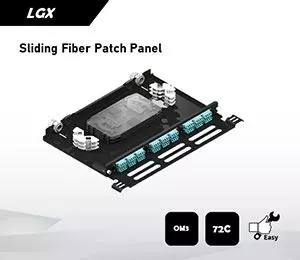The Twisted Pair Cable: The Basics of Understanding What It Is And How it Works.
Twisted pair cables are a type of transmission medium that can be used to transmit both digital and analog signals. It is one of the most popular types of cables in use today.
The twisted pair cable is made up of two insulated copper wires that are twisted together to reduce electromagnetic interference (EMI). The twisting also helps to keep the wires separated so that they do not touch each other and cause a short circuit.
What are UTP cables and STP cables?
UTP stands for Unshielded Twisted Pair cable, and it’s common in Ethernet installations. The Shielded Twisted Pair (STP), and has different types of shielding, such as braided or aluminum foil, used in various networks to prevent crosstalk and electromagnetic interference.
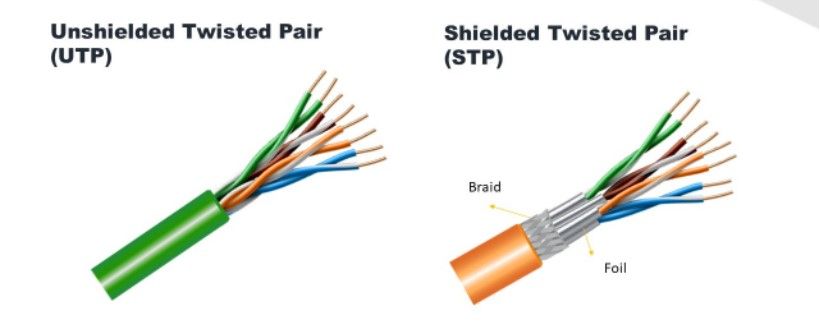
Ethernet Cable Construction: Ripcord, Drain Wire, and Separator? Why do we need it?
- Twist Pair: Four pairs of wires for data transmission, orange/white orange, blue/white blue, green/white green, brown/white brown color.
- Ripcord: A strong yarn cord, and used to strip off the sheath and reduce the risk of cutting any wires inside.
- Drain Wire: A wire between the insulated wire and the shield for grounding.
- Filler (Cross): Separate the four pairs of wire to reduce the mutual interference of twisted wires during signal transmission
- Foil: To reduce electrical noise from affecting the signals
- Sheath: Provide physical protection to the twisted wire.
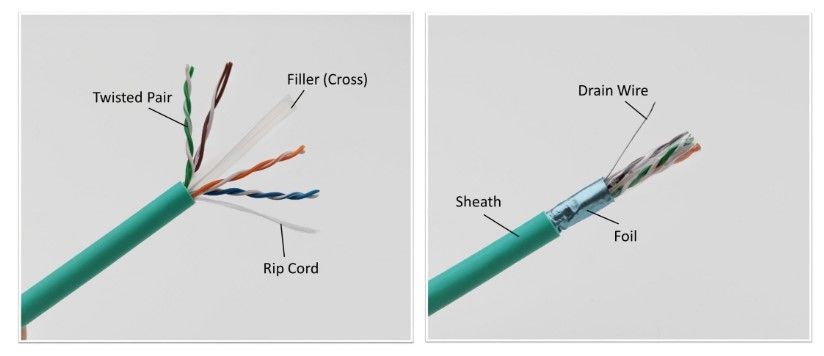
What are the categories of Ethernet cables?
According to TIA/EIA-568.2-D, a network cable can be divided into various categories, the latest Category 8 is defined in transmission bandwidth at 2 GHz, and the longest transmission distance is 30m.
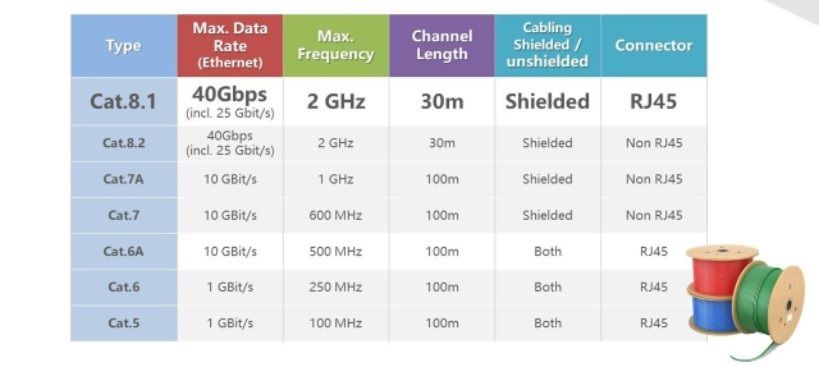
How to choose shielded or unshielded cable? When should you use it?
If there has a lot of machines that will generate a lot of interference in the wiring environment, or when you need to deploy cables next to high-power motors, shielded cables can provide good protection. If there is not much interference in the cabling environment, it is recommended to use a UTP cable, which will not only reduce the cost but also be reliable equally.
Twisted pair cables cannot transmit signals over long distances, and are also susceptible to electromagnetic interference, so most of them are used in deployment in buildings. If long-distance transmission is required, optical fibers are a better choice.
CRXCabling provides wiring solutions for different areas, our professional team is always here to assist you get the best solution.
- Video
Solution Provider of Telecom
Developing future-oriented products that meet high standard of needs; offering versatile end-to-end copper and fiber cabling solutions to increase business success around the globe.
Advantage
-
High-Quality is Our Policy Ensure the quality and safety of goods. Acquire telecom insights to stay in front of trends. Regulate and provide series cabling solution service. Read More


